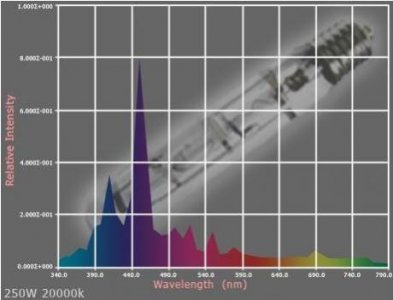Floyd R Turbo
Either busy or sleeping
I don't think I recall this ever being addressed over on the other board. The only thing that I recall being discussed regarding tank light levels, and only recently, is regarding systems running sole scrubber filtration and primarily SPS containing an extremely high amount of food (like continuous liquid feeding systems). The theory being that such a system could take on much, much more light in the DT because there could be a correlation between available food, light, and growth, and if there is a lot of food but not enough light, growth may not be maximized or may actually be hindered (because it's out of balance). Adding more light to a high-food system would re-balance it. Again, only theory.
However what you are suggesting makes sense initially. A high light DT would make that the preferential place to grow if your scrubber was not powerful enough. However I wonder if the bryopsis infestation is a factor in this at all. I have no experience with that so I don't know...
However what you are suggesting makes sense initially. A high light DT would make that the preferential place to grow if your scrubber was not powerful enough. However I wonder if the bryopsis infestation is a factor in this at all. I have no experience with that so I don't know...

